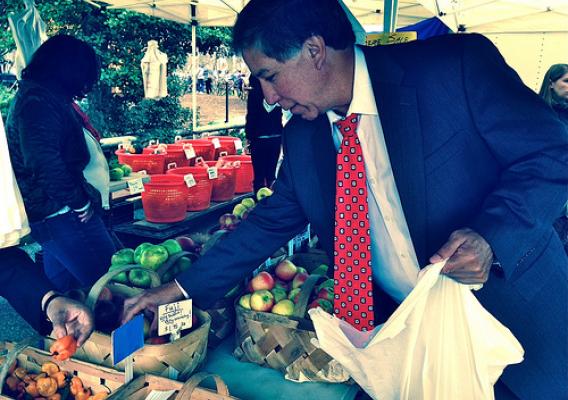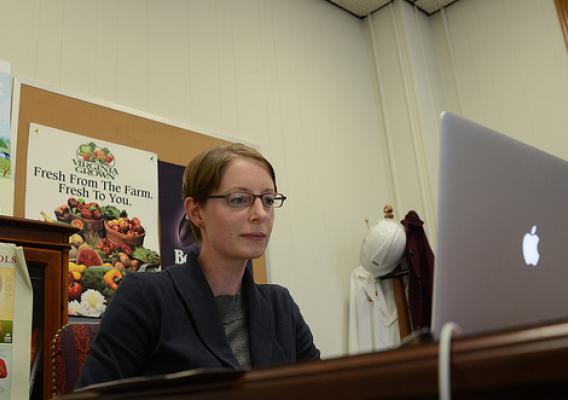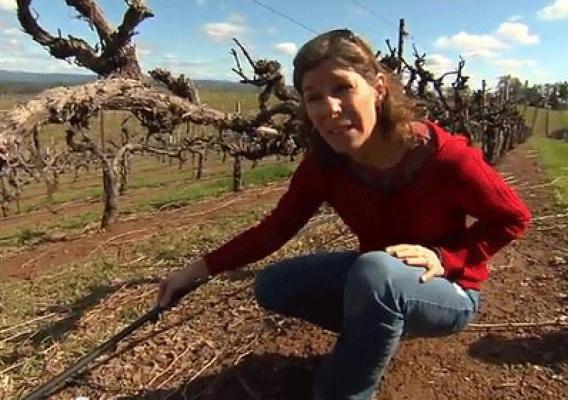This week, the White House released a new report showing the critical need for Congressional passage of a new Food, Farm and Jobs Bill. This comprehensive report highlights how the thriving business of agriculture is a cornerstone of America’s economy, creating jobs and boosting opportunity.
Agricultural production and its related sectors contributed $743 billion to U.S. GDP in 2011, accounting for nearly 5 percent of economic output. Today about one out of every 12 jobs in the United States are connected in some way to agriculture.
Meanwhile, driven by the productivity of our farmers and ranchers, agricultural exports reached their highest mark ever in 2013 at more than $140 billion. Due in part to trade promotion programs in the Farm Bill, the five-year period from 2009-2013 is the strongest in history for agricultural exports. Compared to the previous five-year period, the U.S. is exporting an average of four million tons more bulk commodities each year. These exports alone support more than a million jobs.





